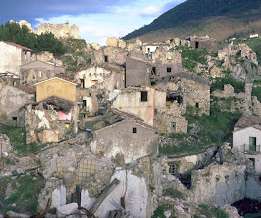Unlocking Climate Change Resilience Through Critical Event Management and Public Warning
everbridge
NOVEMBER 2, 2021
The report “The Human Cost of Disasters 2000-2019” also records major increases in other categories including drought, wildfires , and extreme temperature events. There has also been a rise in geophysical events including earthquakes and tsunamis which have killed more people than any of the other natural hazards under review in this report.










Let's personalize your content